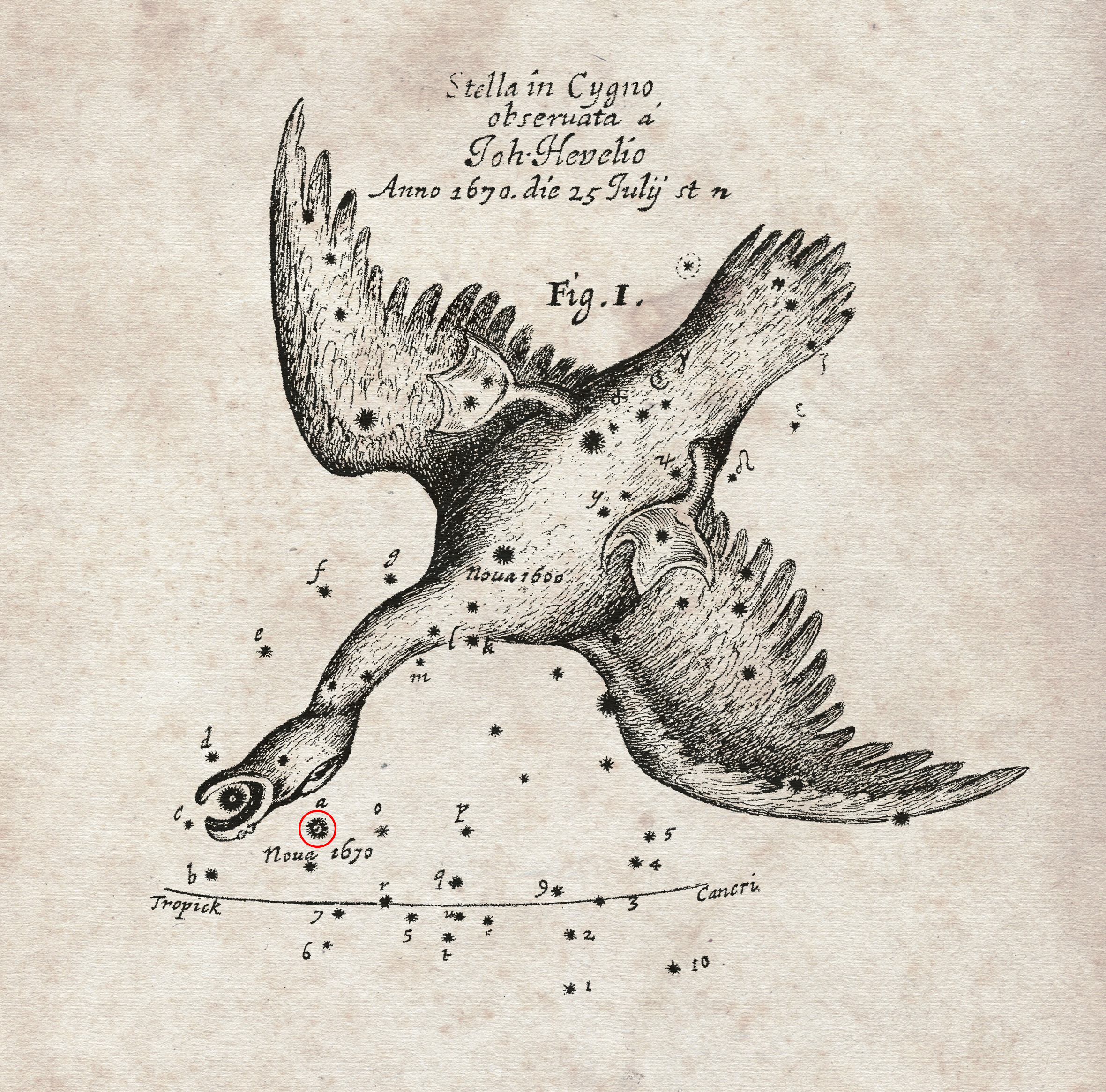Altitude of Stars in Crux on April 10 1300 at 16UT from (31°46’42” S, 144°46’13” W)

Question:
I am looking for an exact elevation of the five stars–or at least the most and least elevated–in the constellation Crux a) as observable from 31°46’42” S; 144°46’13” W, on 10 April 1300, 1600 UTC. I got a chart of a relevant horizon map from http://fourmilab.ch, but it does not give elevations for the stars (only for the planets). I need degrees of elevation.
Can you either give me a verifiable readout or direct me to a mapping site that would go all the way back to 1300 AD *and* give elevations for the stars in Crux?
Thanks,
David
P.S. If you noticed that’s a spot in the South Pacific, there is a literary reason for this. (Hint: check the antipous of those co-ordinates).
Answer:
Hello David,
I wrote a simple python script to calculate the azimuth and altitude of the five brightest stars in the constellation Crux using some coordinate and time functionality provided by the astropy package. I have appended this script below if you are interested in how it works. Note that due to the extreme amount of precession that this conversion requires given that you want star positions over 700 years in the past, this calculation is accurate to not less than a few 10s of arcsec, which should be more than sufficient for your purposes. The positions are as follows:
From (Longitude,Latitude) = (-144d46m13s,-31d46m42s) on UT=1300-04-10T16:00:00:
- Position for Alpha Crux at (RA,Dec) = (12h26m35.94s,−63d05m56.6s) is (Az,Alt) = (208.30 deg,14.95 deg)
- Position for Beta Crux at (RA,Dec) = (12h47m43.32s,−59d41m19.4s) is (Az,Alt) = (212.69 deg,14.99 deg)
- Position for Gamma Crux at (RA,Dec) = (12h31m09.93s,−57d06m45.2s) is (Az,Alt) = (213.51 deg,11.72 deg)
- Position for Delta Crux at (RA,Dec) = (12h15m08.76s,−58d44m56.0s) is (Az,Alt) = (210.85 deg,11.12 deg)
- Position for Epsilon Crux at (RA,Dec) = (12h21m21.81s,−60d24m04.9s) is (Az,Alt) = (210.07 deg,12.79 deg)
Here is the python script that I used to produce this output:
from astropy import units as u
from astropy.coordinates import SkyCoord, EarthLocation, AltAz
from astropy.time import Time
# Note that longitude is assumed to be positive to the east, so west
# longitudes are negative
longlat = ['-144d46m13s','-31d46m42s']
obsdatetime = '1300-04-10T16:00:00'
obsloc = EarthLocation.from_geodetic(longlat[0],longlat[1])
obstime = Time(obsdatetime)
radecvals = [['Alpha Crux','12h26m35.94s','−63d05m56.6s'],
['Beta Crux','12h47m43.32s','−59d41m19.4s'],
['Gamma Crux','12h31m09.93s','−57d06m45.2s'],
['Delta Crux','12h15m08.76s','−58d44m56.0s'],
['Epsilon Crux','12h21m21.81s','−60d24m04.9s']]
print('From (Longitude,Latitude) = ('+longlat[0]+','+longlat[1]+') on UT='+obsdatetime+':')
for radec in radecvals:
c = SkyCoord(radec[1],radec[2],frame='icrs')
caltaz = c.transform_to(AltAz(obstime=obstime,location=obsloc))
print('Position for '+radec[0]+' at (RA,Dec) = ('+radec[1]+','+radec[2]+') is (Az,Alt) = ({0.az:5.2f},{0.alt:5.2f})'.format(caltaz))





